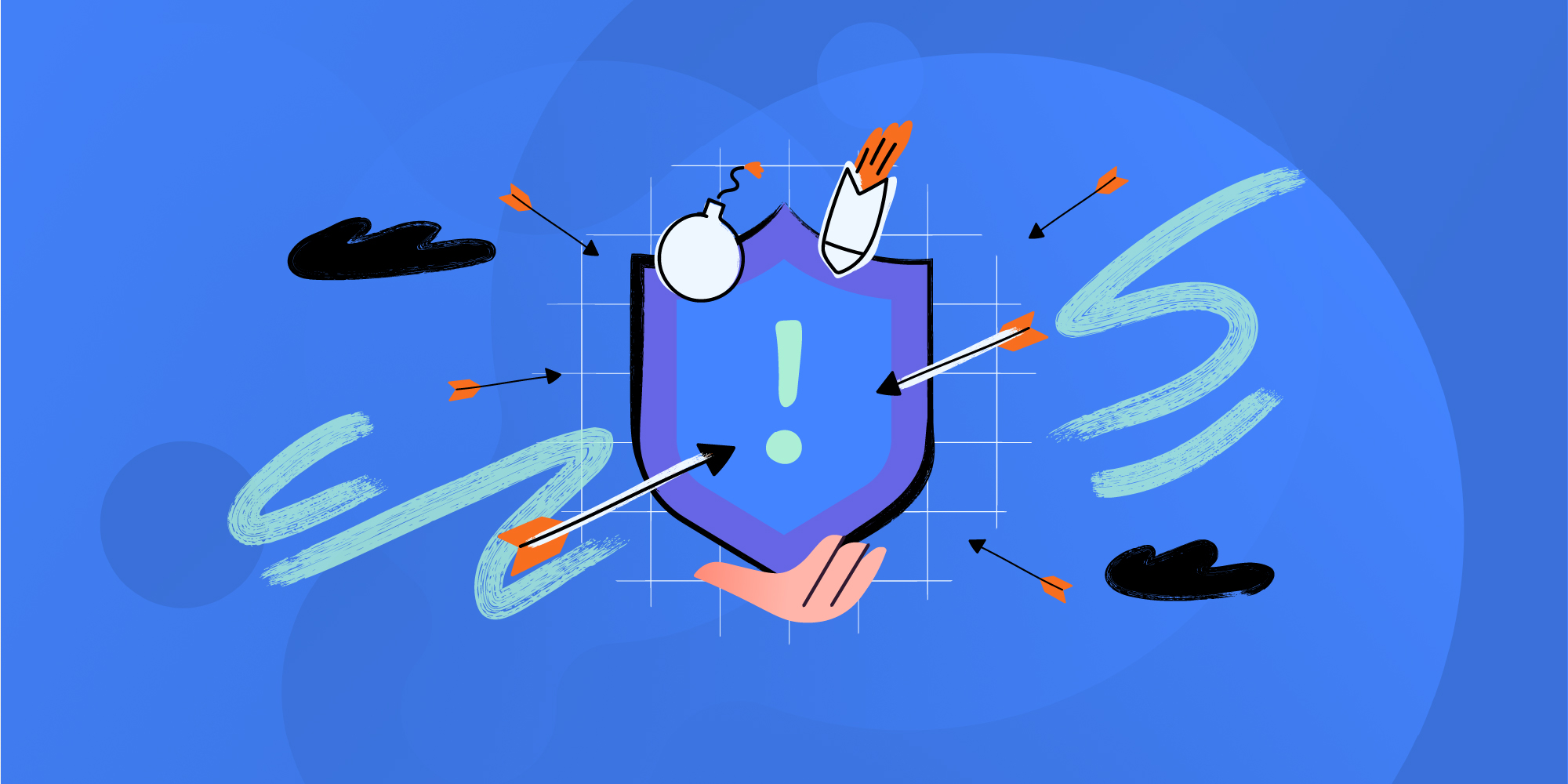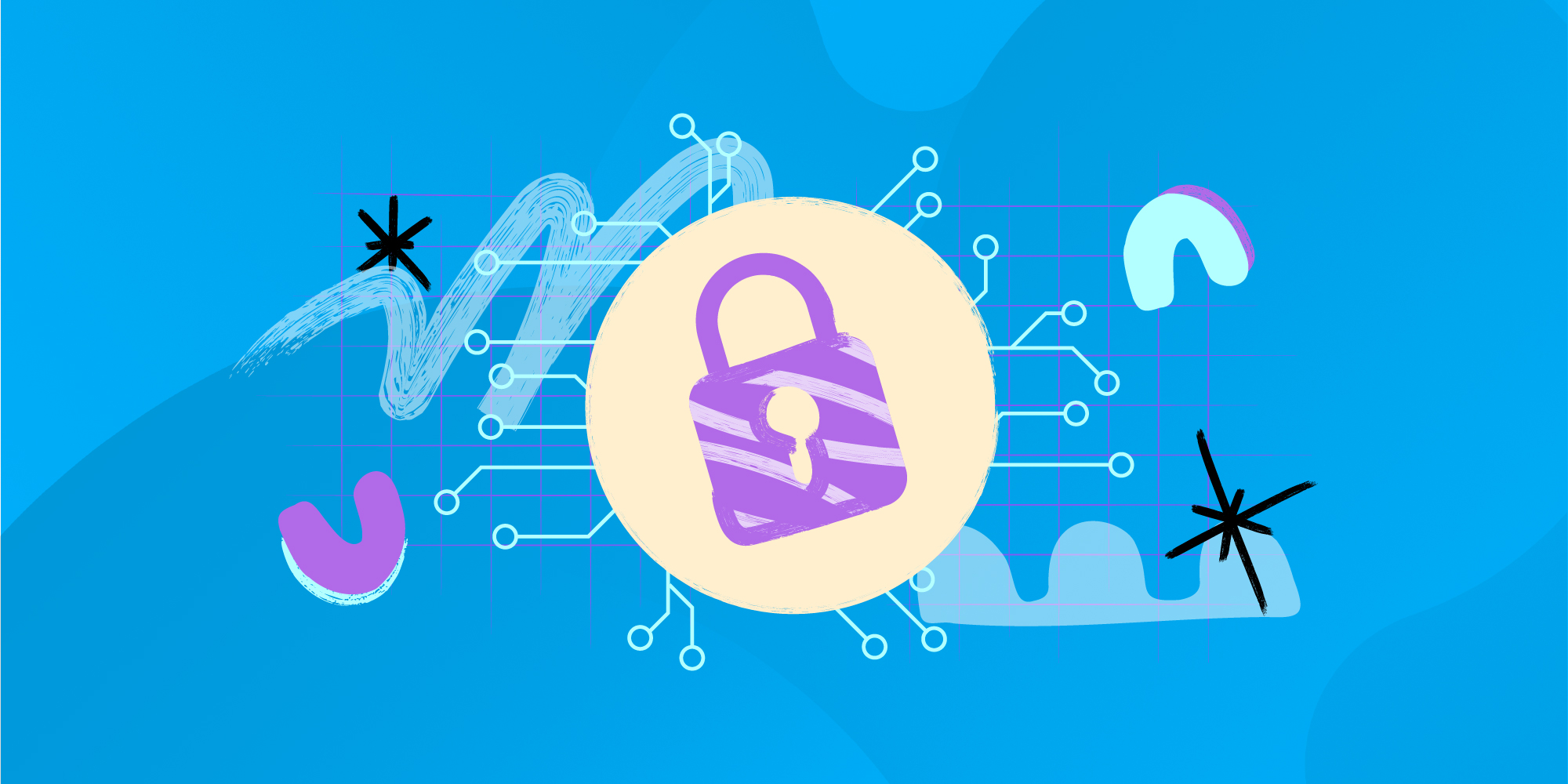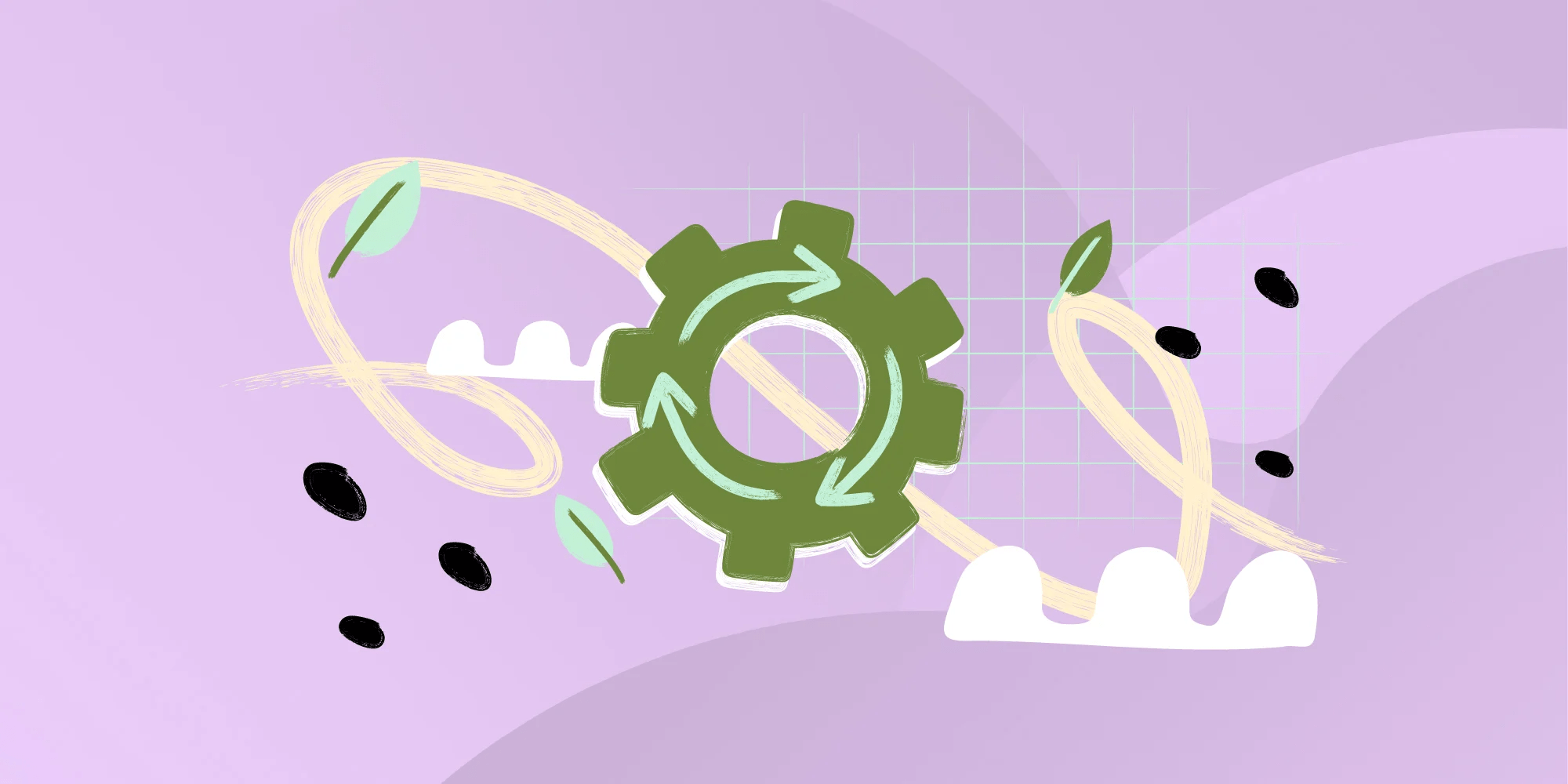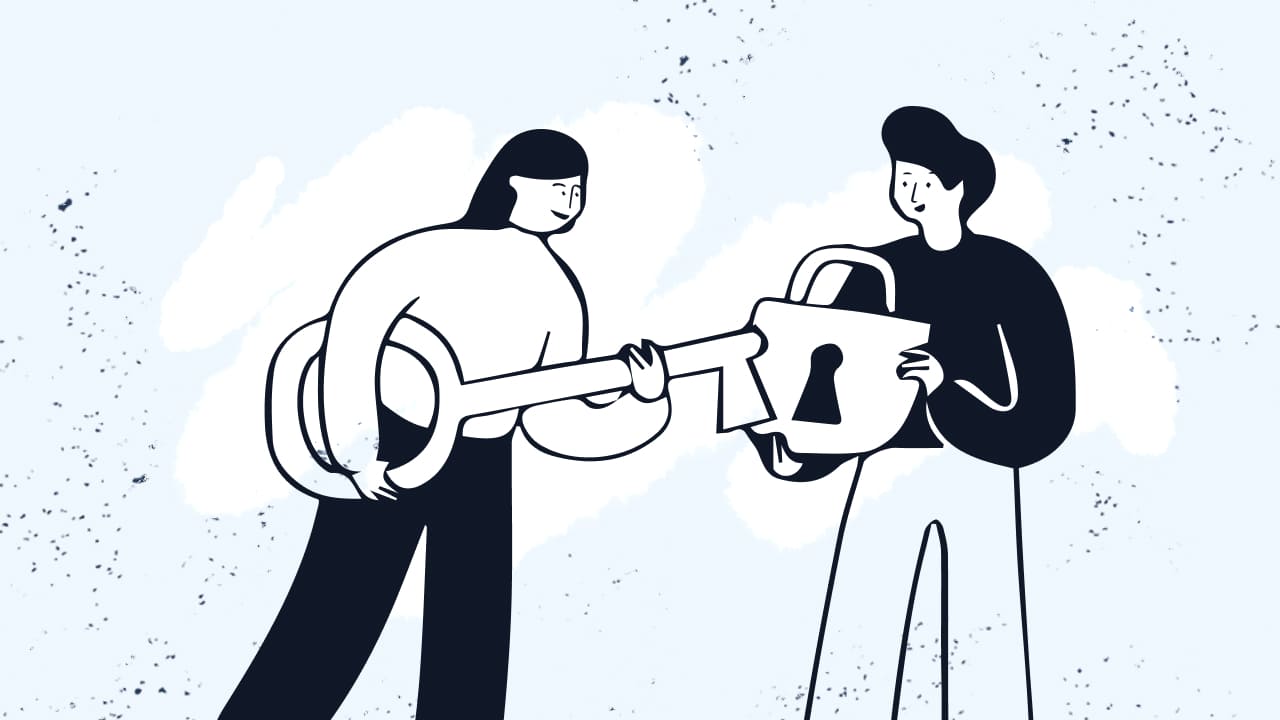Organizations of all sizes face growing threats that can compromise sensitive data, disrupt operations, and damage reputations. Cybersecurity tools are indispensable in defending against these risks.
But with so many options available, knowing which tools to choose and how to implement them effectively can feel overwhelming.
This article will guide you through the essentials of cybersecurity tools: their types, how to evaluate them, and best practices for implementation.
Let’s start by understanding the significance of these tools.
What are cybersecurity tools?
Cybersecurity tools are software, devices, or processes designed to protect networks, assets, programs, and data from attacks, damage, or unauthorized access.
Within the security strategy of any organization, they offer multiple layers of defense against potential threats, while also preventing attacks and identifying vulnerabilities.
These solutions are vital in a context where cyber threats have evolved and become more complex, as they prevent breaches, ensure business continuity, and protect the organization's reputation.
As companies increasingly rely on digital platforms, the importance of robust cybersecurity is critical. Consequently, the right tools are essential.

Types of cybersecurity tools
Network security tools
Network security tools are designed to protect the integrity, confidentiality, and availability of the data flowing through your network. They act as the first line of defense, preventing unauthorized access and mitigating attacks on your network infrastructure.
Firewalls:
- Scope: Firewalls serve as gatekeepers for your network, controlling inbound and outbound traffic based on predefined security rules.
- How they work: Firewalls inspect packets of data entering or leaving the network, determining whether to allow or block traffic based on established rules. They can be either hardware or software-based and are essential in preventing unauthorized access to the network.
- Protection against threats: Firewalls filter potentially malicious traffic to defend against unauthorized access, including hacking attempts, malware, and Denial-of-Service (DoS) attacks.
Intrusion Detection Systems (IDS):
- Scope: IDS tools monitor network traffic for suspicious activity and policy violations, alerting administrators to potential threats.
- How they work: IDS analyzes network traffic in real-time, looking for patterns that match known attack signatures or anomalies that indicate a potential breach. When a threat is detected, it alerts the security team for further investigation.
- Protection against threats: IDS helps identify and respond to threats like unauthorized access, malware infections, and insider attacks, offering an additional layer of security by catching what firewalls might miss.
Virtual Private Networks (VPNs):
- Scope: VPNs create a secure and encrypted connection over the internet, allowing remote users to access the organization’s network securely.
- How they work: VPNs encrypt data as it travels between the user’s device and the organization’s network, making it unreadable to anyone who intercepts it. Using a dedicated IP can further enhance security by reducing exposure to shared IP reputation risks. This ensures that sensitive information is protected, even on unsecured networks.
- Protection against threats: VPNs protect against data interception, eavesdropping, and man-in-the-middle attacks by ensuring that all transmitted data remains encrypted and secure.

Endpoint security tools
Endpoint security tools focus on securing individual devices, or endpoints, such as computers, smartphones, and tablets, that connect to the network. Since each endpoint can be a potential entry point for attackers, securing these devices is crucial.
Antivirus software:
- Scope: Antivirus software is a fundamental tool that protects against known malware and viruses.
- How it works: Antivirus programs scan files and programs on a device for known malware signatures. When they detect a match, they either quarantine or remove the malicious file to prevent it from causing harm.
- Protection against threats: Antivirus software protects against viruses, worms, Trojans, spyware, and other types of malware that could compromise an endpoint’s security.
Endpoint Detection and Response (EDR) tools:
- Scope: EDR tools offer advanced security by continuously monitoring endpoint activities for signs of suspicious behavior and responding to threats in real time.
- How they work: EDR tools collect and analyze data from endpoints, looking for indicators of compromise (IOCs) such as unusual file modifications, unauthorized access attempts, or strange network traffic. They can automatically isolate compromised endpoints to prevent the further spread of an attack.
- Protection against threats: EDR tools protect against sophisticated threats like ransomware, zero-day exploits, and advanced persistent threats (APTs) by detecting and responding to malicious activity before it can escalate.

Application security tools
Application security tools focus on securing your organization's software applications, particularly those accessible over the web. These tools help prevent attackers from exploiting application vulnerabilities.
Web Application Firewalls (WAF):
- Scope: WAFs protect web applications by filtering and monitoring HTTP/HTTPS requests and blocking malicious traffic.
- How they work: WAFs analyze the data that users send to web applications, looking for common attack patterns such as SQL injection, cross-site scripting (XSS), and other web-based exploits. The WAF blocks or sanitizes these requests before they reach the application.
- Protection against threats: WAFs guard against web-based attacks that target application vulnerabilities, such as SQL injection, XSS, and distributed denial-of-service (DDoS) attacks.
Static and Dynamic Application Security Testing (SAST/DAST):
- Scope: SAST and DAST are tools used to identify vulnerabilities in software during the development and testing phases.
- How they work: SAST analyzes an application’s source code, binaries, or bytecode for vulnerabilities without executing the program, identifying security flaws early in the development cycle. DAST, on the other hand, tests the application in its running state, simulating attacks to uncover vulnerabilities that may not be visible in the code.
- Protection against threats: SAST/DAST tools protect against code-level vulnerabilities, including logic errors, insecure coding practices, and issues that could be exploited by attackers once the application is live.

Data security tools
Data security tools are designed to protect your organization’s data—both at rest and in transit—from unauthorized access, tampering, and breaches.
Encryption tools:
- Scope: Encryption tools secure data by converting it into an unreadable format that can only be decoded with the correct decryption key.
- How they work: Encryption tools apply algorithms to data, transforming it into ciphertext. Only users with the correct decryption key can convert this ciphertext back into its original, readable format.
- Protection against threats: Encryption tools protect against data breaches, unauthorized access, and data interception, ensuring that even if data is stolen, it remains useless to the attacker.
Data Loss Prevention (DLP) solutions:
- Scope: DLP solutions prevent sensitive data from leaving the organization, whether intentionally or accidentally.
- How they work: DLP tools monitor and control data flow across networks, devices, and applications. They enforce policies that restrict the sharing, copying, or transferring of sensitive information to unauthorized users or locations.
- Protection against threats: DLP solutions protect against data breaches, insider threats, and accidental data loss by ensuring that sensitive information is not exposed or transferred inappropriately.
Identity and access management (IAM) tools
IAM tools manage and control access to resources within an organization, ensuring that only authorized individuals can access sensitive information and systems.
Multi-factor authentication (MFA):
- Scope: MFA adds an extra layer of security by requiring multiple verification forms before granting access to a system or resource.
- How it works: MFA combines something the user knows (like a password) with something the user has (like a smartphone app) or something the user is (like a fingerprint) to verify identity before granting access.
- Protection against threats: MFA protects against unauthorized access, phishing attacks, and credential theft by requiring more than just a password for authentication.
Single Sign-On (SSO) solutions:
- Scope: SSO solutions streamline the user authentication process by allowing users to access multiple applications with a single set of credentials.
- How they work: SSO authenticates users once and then grants them access to all the connected systems and applications without requiring them to log in again.
- Protection against threats: SSO protects against password fatigue and reduces the risk of credential-related breaches by minimizing the number of passwords users need to manage while still enforcing strong authentication practices.

Emerging trends
Integration of Artificial Intelligence and Machine Learning
AI and ML are increasingly integrated into cybersecurity tools to predict and respond to threats more effectively. These technologies can quickly analyze vast amounts of data, identifying patterns that may indicate a potential threat.
Automation in cybersecurity
Automation plays a key role in cybersecurity, reducing the need for manual intervention and speeding up response to threats. Automated tools can handle routine tasks like patch management and threat detection, freeing up human resources for more complex tasks.
Cloud security tools and solutions
Securing cloud environments has become a top priority as more organizations migrate to the cloud. Cloud security tools focus on protecting data, applications, and services in the cloud from various threats, ensuring compliance and data integrity.

Evaluating cybersecurity tools
Selecting a cybersecurity tool is not just choosing the most popular or well-known tools but thoroughly assessing how each tool aligns with your organization's specific needs.
Here’s a detailed look at how to evaluate cybersecurity tools effectively:
What to look for
Evaluating cybersecurity tools requires a systematic approach. Below is a checklist of factors to consider:
- Scalability:
Can the tool grow with your organization?
The tool must handle increased users, data volume, or network complexity.
- Integrations:
Does the tool integrate seamlessly with your existing infrastructure?
Choose tools that work well with your current systems and processes, reducing the risk of disruptions.
- User-friendliness:
Is the tool intuitive and easy for your team to use?
A tool that's difficult to use may result in errors or underutilization.
- Support and maintenance:
What level of support does the vendor offer?
Reliable customer support is crucial, especially during the initial implementation and in case of issues.
- Cost and ROI:
Is the tool cost-effective, considering your budget and expected ROI?
Consider the total cost of ownership, including licensing, implementation, training, and ongoing maintenance.
- Compliance:
Does the tool help meet your regulatory requirements?
Ensure the tool supports compliance standards of relevant regulations, such as GDPR, HIPAA, or PCI DSS. We'll explore this further in the next section.
- Performance and reliability:
How well does the tool perform under stress?
Test the tool in your environment to see how it handles high traffic, large data volumes, or sophisticated attack scenarios.
- Vendor reputation:
What is the vendor’s track record?
Research the vendor’s history, customer reviews, and case studies
- Customization and flexibility:
Can the tool be customized to fit your specific needs?
Look for tools that allow customization in areas like reporting, alerting, and workflow integration.
Use frameworks to guide tool selection and implementation
Cybersecurity frameworks provide a structured approach to selecting and implementing tools. These frameworks, such as the NIST Cybersecurity Framework or ISO/IEC 27001, outline best practices and controls that organizations can follow to enhance their security posture.
Here’s how they can guide your tool selection process:
- Risk assessment:
Frameworks often begin with a risk assessment, helping you understand your threats and vulnerabilities. Use this assessment to prioritize tools that address your highest risks.
- Control implementation:
Frameworks provide a list of controls or security measures that should be implemented. Match these controls with the features of the tools you are considering to ensure they meet framework guidelines.
- Continuous monitoring:
Implement tools that support ongoing monitoring and assessment. Most frameworks require continuous monitoring and improvement. Select tools that offer robust monitoring capabilities and allow for regular security assessments.
How compliance affects tool choice
Cybersecurity compliance with industry regulations and standards is a major factor in selecting and deploying cybersecurity tools.
Depending on your industry, you may need to comply with standards like GDPR, HIPAA, or PCI DSS. Select tools that are specifically designed to help you meet these standards, offering features like data encryption, access controls, and audit trails.
Here are other compliance considerations:
- Documentation and reporting:
Compliance frameworks often require detailed documentation of your security practices. Tools that offer built-in reporting features can simplify compliance with these requirements.
- Data protection:
Select tools that prioritize data protection and privacy. Compliance often revolves around protecting sensitive data. Tools with strong encryption, data masking, and access control features can help ensure your data handling practices meet legal requirements.
- Legal implications:
Consider the legal implications of tool deployment. Non-compliance can result in hefty fines and legal action. Ensure that the tools you deploy protect your organization and help avoid legal consequences.
- Global considerations:
If your organization operates globally, you may need to comply with different regional regulations. Choose tools that support multiple compliance standards and adapt to changing legal environments.

Tips for implementing cybersecurity tools
- Assessing organizational needs: Before implementing any tool, conduct a risk assessment to understand your organization’s specific vulnerabilities. This will help you choose the most effective tools for your environment.
- Involving stakeholders: Engage all relevant stakeholders in the selection process, including IT, management, and end-users. Collaboration across departments ensures that the tools chosen meet the needs of the entire organization.
- Training and awareness: Training is crucial when implementing new cybersecurity tools. Ensure all staff members understand how to use the tools and best practices. Building a cybersecurity awareness culture will enhance the overall effectiveness of your security measures.

Conclusion
Keeping up with cyber threats requires a multi-faceted approach to cybersecurity, process which includes finding the right cybersecurity tool.
Here are some takeaways:
- Familiarize yourself with the various types of cybersecurity tools.
- Stay up-to-date with emerging trends, such as the integration of AI and automation.
- Evaluate tools using established frameworks and compliance guidelines.
- Involve stakeholders, provide training, and foster a culture of cybersecurity awareness in your organization.
Finally, continuously monitor and improve your cybersecurity tools and practices to adapt to the changing threat landscape and maintain a strong security posture.















